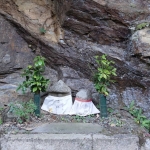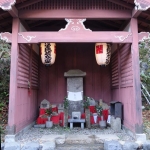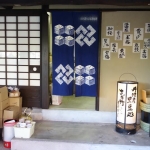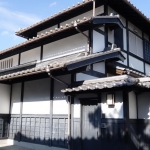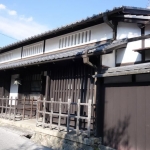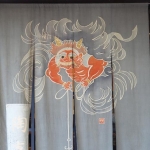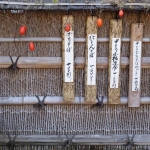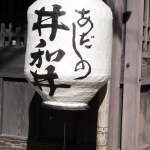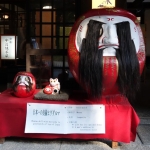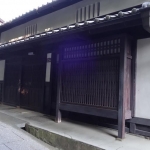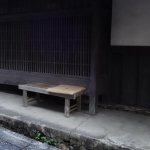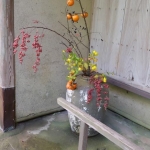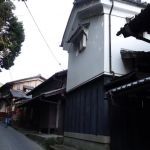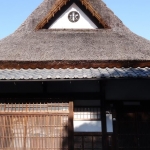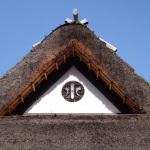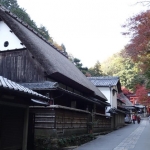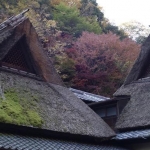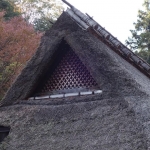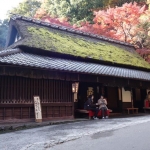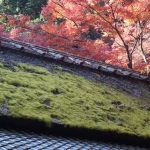Saga Toriimoto
Tourists have been coming to Arashiyama for 1000 years. During the Heian period the nobility would take trips to Arashiyama during cherry blossom and autumn leaves season for outdoor tea parties and strolls along the riverbank.
The Saga District had been used as an open cemetery by Kyoto residents since time immemorial, and up to recent times this has been the boundary where the periphery of Kyoto meets the countryside beyond. The modern village still retains a mixture of wooden latticed, tile roofed townhouses, and the simpler, thatched roofed farmhouses (minka). For its preservation of traditional townscape, the immediate area surrounding the Torii gate (Saga-Toriimoto) has been designated as one of the four Traditional Structure Conservation Districts with the City of Kyoto, which places it on the same level of cultural and aesthetic importance as the famous Gion and Sanneizaka. Considering the 1200-year-old history of Kyoto, this is no small recognition.
The Torii gate is simply named Ichi-no-Torii, as it is the “First Torii” to greet a pilgrim on his hike up the Otagi Hill en route to the hilltop shrine. The thatched roof houses are mostly upscale Kaiseki restaurants that has been serving top Kyoto-cuisine at this remote mountain-side for the past 400 years. Historically this was the location where the local Ayu (sweetfish) fishermen filled their buckets with fresh oxygenated water before transporting the live catch into the Imperial Palace in central Kyoto.
Further down the street stands a row of traditional Machiya townhouses, one of which has been renovated and converted into the Saga-Toriimoto Town Conservation Museum. This is part of the City of Kyoto’s effort to revitalize old, deserted Machiya neighborhoods through preservation and effective renewal of usage, in this case preserving a prototypical Japanese style townhouse with raised tatami floors, a facade with intricate wooden lattices (koshi) at the entrance and mullioned windows (mushiko) on the second floor. The interior still displays some Meiji Era features such as an in-house water well, a horse stable, smoke vents, and a coal-burning earthen kitchen.
The tea house also serves ayu (sweet fish) and yudofu (hot tofu). Curious to see the rest of the gorgeous building the first time we went, we opted for the yudofu, as we were not really hungry. We were taken through a gleaming darkened hallway, past a gigantic rustic Saga lantern, to a private room overlooking a tiny pond, with the mountain rising up steeply behind. This was where the ayu were kept after being caught in the Hozu River. The sun streamed into the tatami-matted room, which featured gray clay walls and an understated seasonal kakejuku (scroll painting) in its small tokonoma (alcove). All courses are served on beautiful rustic pottery that have an understated elegance.


